Equipment used
Equipment carried in the folboat canoe
- Haversack with carrying straps
- 24hrs military rations for 2 men
- One tin opener
- Two emergency 24hrs rations
- Two water bottles and two thermos flasks
- Extra clothing
- Bundle wrapped in splash proof cover
- Flexible map case
- Protractor and divider
- Pencils and stationery
- Parallel ruler
- Two primed mills grenades (for signaling purposes)
- Two sten gun with magazines
- P8 steering compass
- Night binoculars (Taby-k model)
- Signal distress two star red
- One water tight torch + Six spare torch batteries
- Four spare sten gun magazines
- One spare compass
- Spare torch bulbs
- One tin adhesive tape
- Two airbags
- Two blow-up tubes to be laid within reach
- First aid
- Anchor (CQR type)
- Brandy flask
- Sounding lead and line
- beach gradient reel
- Wrist watch (water tight container)
- Under water writing tablet and Chinagraph pencil
Refer to the below highlights for more elaborate information on specific items from the above list:
Weapons and small arms used
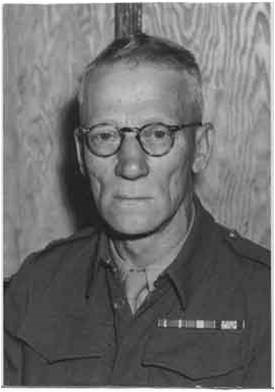
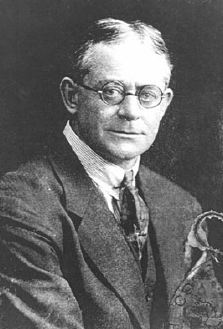

F & S Fighting knife
Designed by Fairbairn and Sykes (pictures above) and manufactured by Wilkinson Sword Ltd, England.
This knife besides being very hand for hand-to-hand combat, became a symbolic weapon for the commandos and was used widely in conjunction with guerilla warfare training. Both Fairbairn and Sykes gave valuable support to the British army and helped create manuals for a new style of combat/warfare.
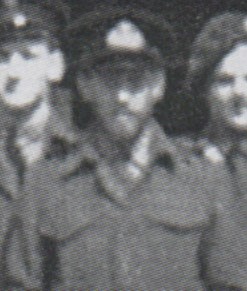
Lt Ralph Neville Stanbury. commanding officer,copp5
Having succeeded in inserting myself, I fastened round my waist a belt containing my revolver, commando-dagger, compass, and the gadgets necessary for taking soundings and sat down to wait for our surfacing
Rubberized swimming suit
Manufactured by Siebe Gormans, the rubberized swimsuit was an innovative piece of technology uniquely requested by Nigel Willmott for sole use by COPP personnel. This rubberized swimsuit was utilized by the officer which would carry beach reconnaissance, whilst the paddler behind the officer would be wearing camouflaged waterproof garments. The rubberized swimsuit offered protection against the elements and other perils eg: fish stings. Additionally it also offered positive bouncy (designed with internal inflatable tubes) to prevent drowning and aid in better swimming. Although the design of the swimsuit was made of diving rubberized material, tight-fitting cuffs, ankles and hood, the swimsuits leaked a lot of water and sometimes were very cumbersome to use. Many COPP personnel spent hours training (including training in Malta) in these suits and reported that they ended up drenched in seawater. Click here to view the original swimsuit preserved at the Imperial War Museum.
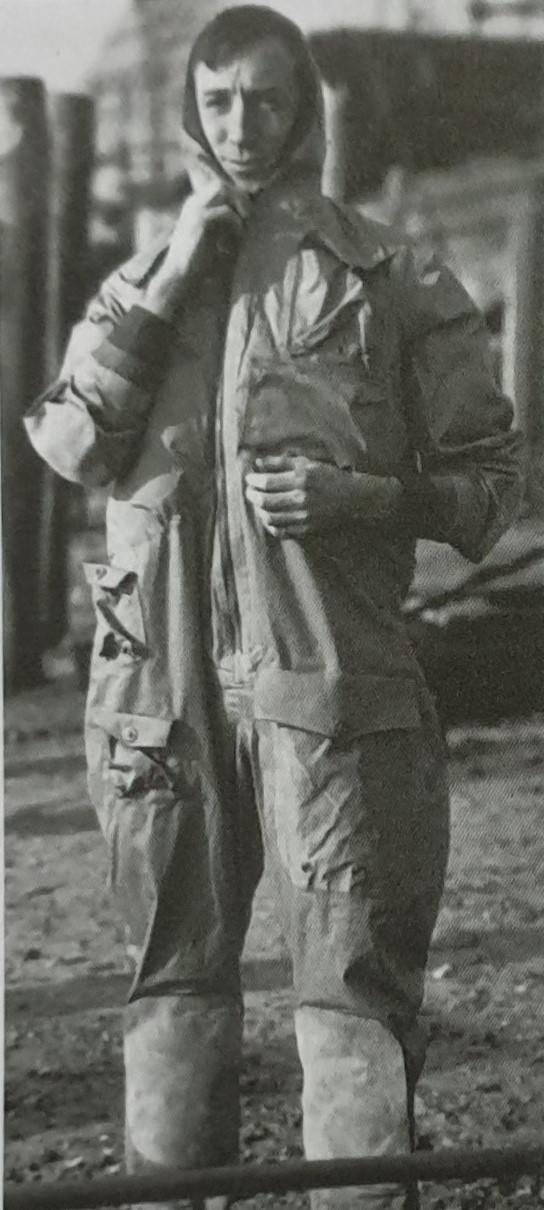

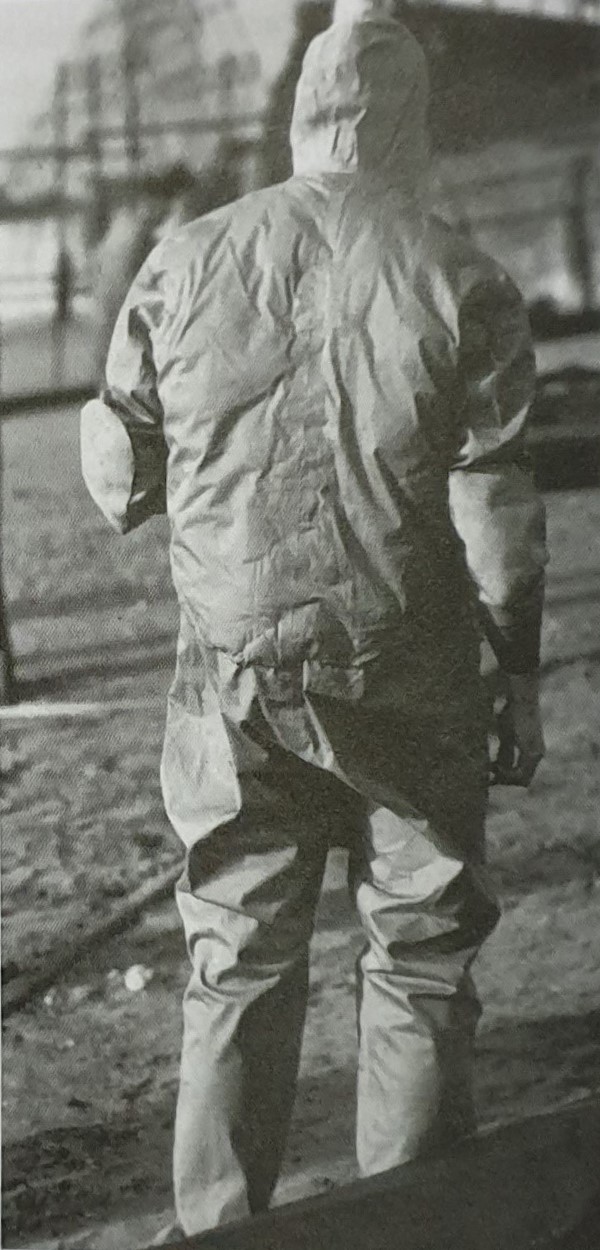
Quoting Ian Tenowden’s book – stealthily by night:
”Canoe paddlers wore camouflaged, water resistant clothing, designed to protect them from rain, wind and weather; though not designed to swim in. The officer on the other hand wore a swimsuit, designed to give him positive buoyancy and to protect him from cold, abrasions, fish stings etc. These suits were made of rubberized fabric, they had tight-fitting cuffs, ankles and hood. The suit embodied a life-jacket, inflated by mouth”.
Night vision monocular (Taby-K)
Peculiar name and top secret technology, this piece of equipment was ground zero at the time and COPP personnel put it to the test. The purpose of the Taby-K , also known as the British Type K monocular RG (Red-Green) receiver, night vision technology. The purpose of this equipment was to signal the submarine for pick-up at the rendezvous point and to also peep onto the enemy beaches at night. More technical details can be found here.












